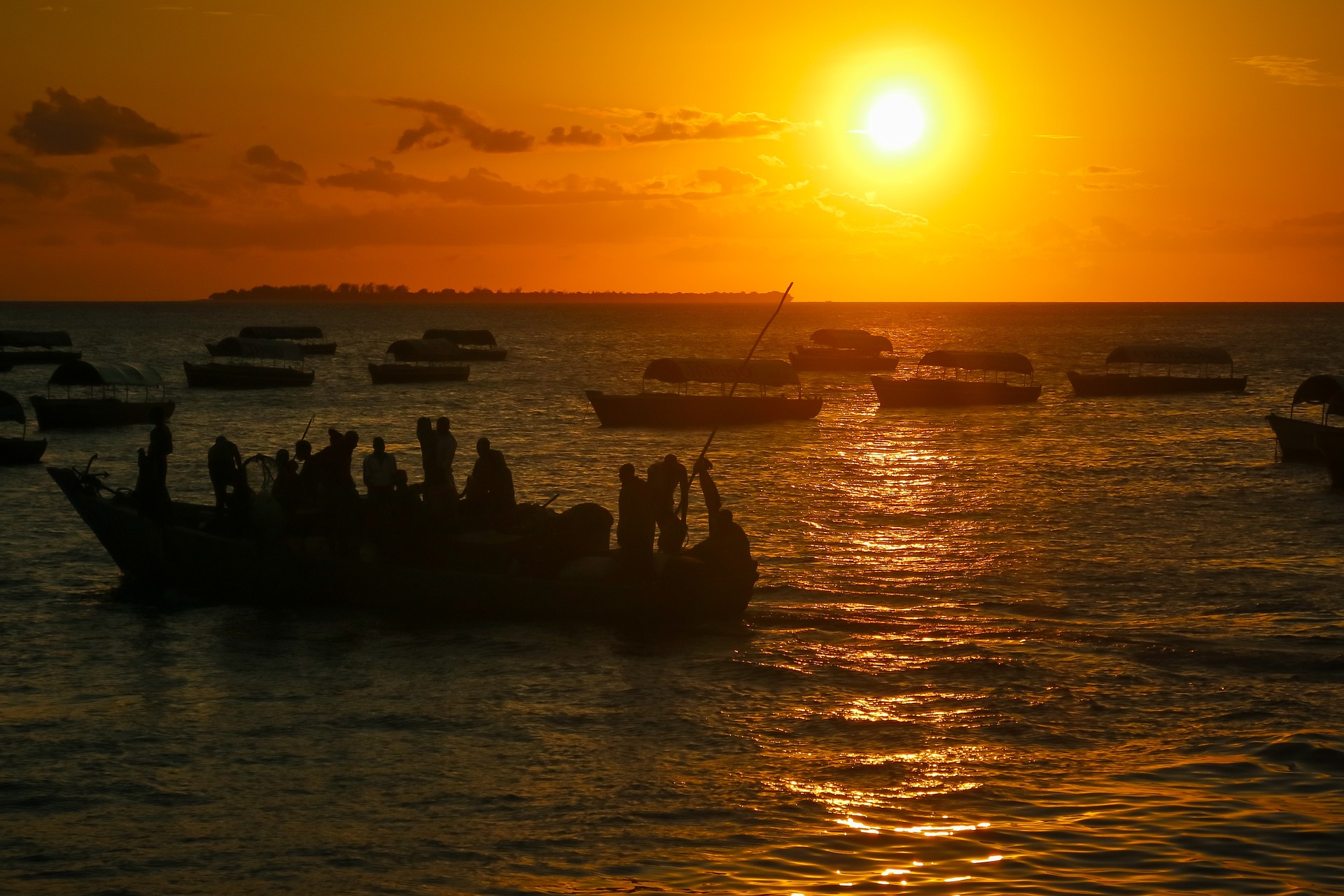ORRAA Action Report 2021
Read about the innovative projects undertaken by ORRAA, in conjunction with its members, in 2021, in our first Action Report.

Project Lead: WWF-SWIO
Supporting Partners: Profundo, SWIOTUNA and CSO Network
Financial Support: Government of Canada
Location: Kenya, Madagascar, Mozambique, South Africa and Tanzania
Financial institutions have shown a growing interest in the blue economy, with trillions of dollars of investment in ocean and coastal development expected over the next decade (OECD). However, ocean-related risks, such as sea level rise, coastal habitat destruction, pollution and over-exploitation are growing and will only be exacerbated by climate change.
A critical step toward shifting the flow of capital towards a Sustainable Blue Economy (SBE) in the South Western Indian Ocean (SWIO) region is to identify and characterise the most influential financial flows and actors. This project seeks to map key sectors having the most significant negative impact, identify the primary financiers and conduct a policy assessment analysis to gain a better understanding of the extent to which SBE and Environmental Social and Governance (ESG) risks are taken into consideration in their decision making.
The lack of transparency about the nature and origin of financial flows into the blue economy across the SWIO region hinders the ability to positively influence them. Thus, it is not possible to highlight to financial institutions the material risks and impacts of financing Business as Usual (BAU) activities, nor provide tangible solutions and alternatives to encourage the redirection of mainstream finance towards more sustainable blue economy pathways.
A critical step toward shifting the flow of capital towards a Sustainable Blue Economy is to identify and characterise the most important financial flows and actors (both finance and industry) within the seascape. It is important to map out the key sectors and companies that are having the most significant negative impact and to identify their financial stakeholders – whether banks, investors or insurers.
By building a clearer understanding of the risks of unsustainable finance, ocean stakeholders and in particular the finance sector, can be better informed of and steered away from a silo-ed and short-term approach to development.
To map key mainstream blue economy sectors, WWF-SWIO is currently conducting a series of financial flows analyses into three areas: seafood (fisheries and mariculture), infrastructure and ports and extractives (e.g. oil and gas). Subsequently, further investigation will take place to assess these policies within financial institutions.